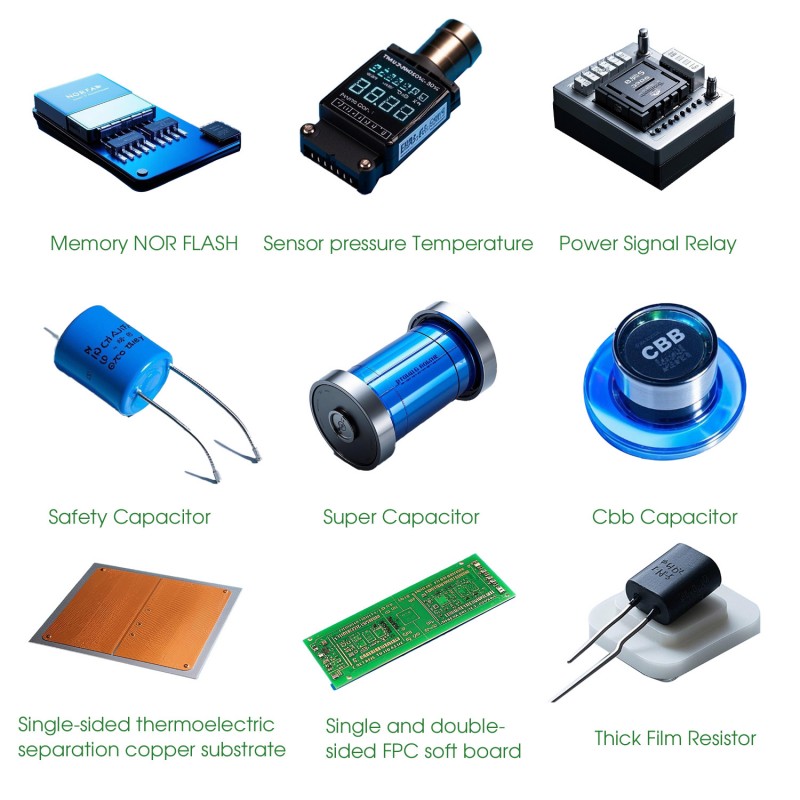What is the Best Way to Calculate Resistor Power Rating
2025-11-17
Selecting the right resistor components is fundamental to circuit reliability, and a core part of that selection is accurately calculating the resistor power rating. An undersized resistor will overheat and fail, potentially damaging your entire project. At Greeting, we specialize in providing robust resistor components engineered for stability and durability, ensuring your designs perform as intended. This guide will walk you through the best practices for determining the correct power rating for your application.
The most reliable method involves calculating the power dissipation and applying a significant safety margin. Follow these steps:
-
Determine the Current and Voltage: Identify the current (I) flowing through the resistor and the voltage (V) dropped across it.
-
Apply the Power Formula: Calculate the power dissipation (P) using the formula P = V * I. Alternatively, if you know the resistance (R) and current (I), you can use P = I² * R.
-
Incorporate a Safety Margin: Never operate a resistor at its calculated theoretical maximum. Always select a resistor with a power rating at least 1.5 to 2 times the calculated value. This derating accounts for unexpected surges and environmental factors like high ambient temperature.
For a quick reference, here is a comparison of common resistor components from Greeting and their typical power ratings:
| Resistor Type | Typical Power Rating Range | Key Features from Greeting |
|---|---|---|
| Thick Film Chip | 01005 to 2512 package | Excellent high-frequency response, stable performance. |
| Metal Film | 0.125W to 2W | Low noise, high precision, ideal for sensitive analog circuits. |
| Wirewound | 3W to 100W+ | High-power handling, ideal for power supplies and brake circuits. |
Resistor Components FAQ
What happens if I use a resistor with a lower power rating than required?
The resistor will overheat excessively, leading to a permanent shift in its resistance value, physical damage like cracking or charring, and ultimately, catastrophic failure. This can create an open circuit and damage other components in your system.
How does ambient temperature affect my resistor power rating choice?
High ambient temperatures reduce a resistor's ability to dissipate heat safely. In such environments, you must derate the component's power rating further. Consult the Greeting datasheet for specific derating curves, which show the percentage of rated power a component can handle at different temperatures.
Why are Greeting resistor components a more reliable choice for high-power applications?
Greeting resistor components are built with superior materials and construction techniques, such as ceramic cores and non-inductive winding in our power wirewound resistors. This ensures minimal resistance drift under thermal stress and a higher tolerance for transient overloads, guaranteeing long-term stability.
Accurate resistor power rating calculation is non-negotiable for creating durable and safe electronic products. By following the outlined method and choosing reliable parts, you protect your design from premature failure. For your next project, don't compromise on quality. Contact us today to find the perfect Greeting resistor components for your specific power and performance needs. Our technical experts are ready to assist you.
